Growing up in the San Fernando Valley during the 60s and 70s, Merrick Morton abandoned the sheltered splendours of suburban life in search of more evocative inspiration. Photography soon provided an entrance into worlds he would not otherwise go, creating opportunities for connection that would unfold in unexpected ways.
After seeing the play Zoot Suit, which revisited the murder that sparked the early 40s Zoot Suit Riots, Merrick became intrigued about Los Angeles street gangs and the evolution of cholo culture, community, and style. He began making calls and eventually connected with Gerald Ivory, a Black probation officer working in East Los Angeles, in 1980. Like a classic 80s buddy movie, theirs was just the sort of improbable brotherhood that clicked and went the distance.

Over the years, they’d hit the streets, photographing and videotaping their encounters along the way — as well as landing them both on set work on Sean Penn’s 1988 film Colors as still photographer and consultant. “We were able to meet a lot of people and got them in the film. All the Crips are real, but all the Bloods were actors,” Merrick says, who has since gone on to work as an on-set photographer for over 90 movies and TV shows, including Fight Club, The Big Lebowski, Spiderman, and Baz Luhrmann’s Romeo + Juliet.
Over the next two decades, Merrick would amass an epic chronicle of gang life in South Central and East LA at the height of its notoriety and fame, settling the blueprint for gangsta rap for generations to come. With the new book Clique: West Coast Portraits from the Hood, 1980-1996 (Hat & Beard Press), he brings together a vast array of photographs from his archive and pairs them with writings by gang members, along with new works from his on-going series in Mexico City.
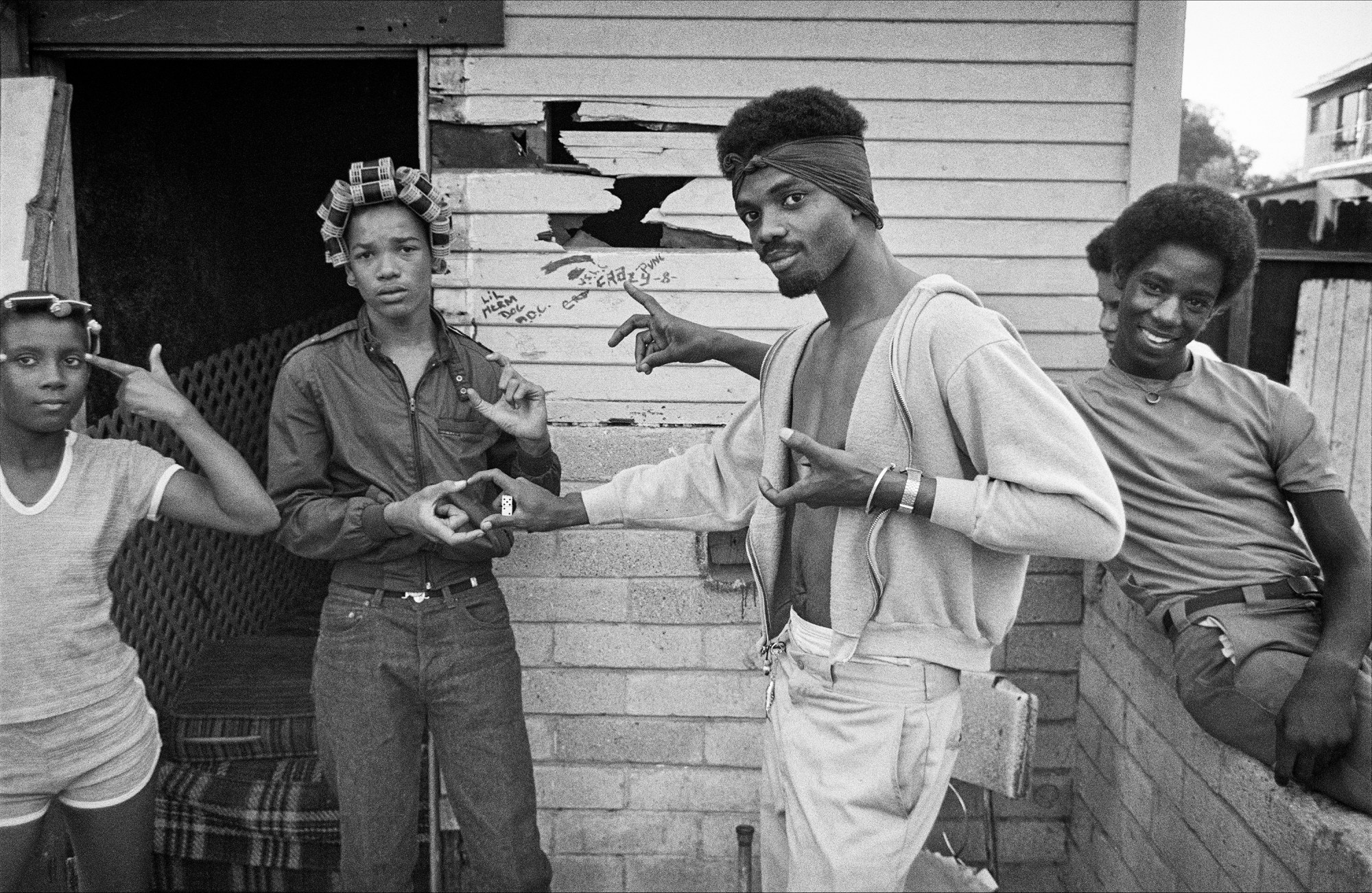
The photographs in Clique are alternately jarring and soothing, tender and raw, harrowing and heartwarming. Members of notorious gangs like Venice 13, El Hoyo MaraVilla, Elm Street Watts, and 18th Street proudly posed in all manner of circumstances: with friends and family, with their boys and repping their sets, or flaunting guns and drugs. The levels of emotional intensity are a testament to the trust they bestowed in Merrick, whose unassuming, nonjudgmental nature was still at the eye of the storm. “I would consider myself probably extremely shy, and I think that comes across where people feel more comfortable showing an honest aspect of themselves,” he says.
The book’s title, Clique (“klee-kay”), refers to a group of young Mexican men from the same barrio. It speaks to the last vestiges of collectivism on colonised lands. When given the opportunity to pose for a portrait, these teens don’t miss a beat and readily strike a perfect pose with their homies, girlfriends, and families, showing everything is love. “People have a sense of pride within themselves that is three-fold: it’s personal pride and pride for the neighbourhood and the culture,” he says.
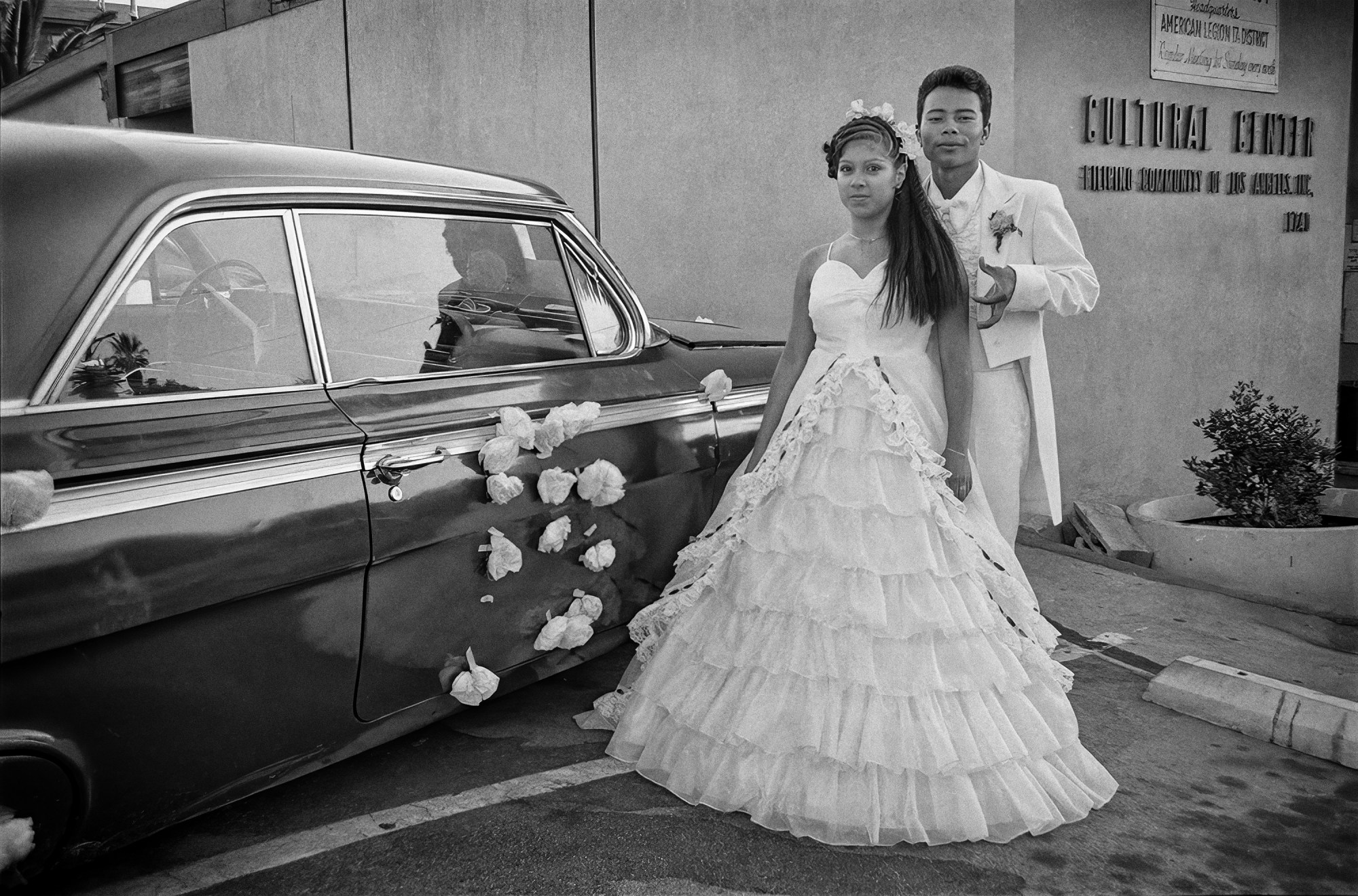
Responding to those elements, Merrick’s alternately intimate environmental portraits stand in powerful contrast with the stark documentary scenes made on ride-alongs with the Los Angeles Police Department. He was given permission to photograph patrols, interrogations and arrests from a distance, creating panoramic scenes rife with militarised aggression under disgraced Police Chief Daryl Gates’s notorious reign of corruption and terror.
Merrick shares a tale from the production of Colors, made possible with the LAPD’s support. “They gave Sean Penn a plainclothes police car, and then I got a police scanner, so we just hit the streets to stop at certain things and show up at places,” Merrick says. “While we were filming, Gerald and I would just show up on police calls, even before the police got there.”

Although Merrick took a 25-year break from the work, it’s as if time never passed in his new portraits made in Mexico City. It’s a natural continuation of the evolution of the culture that is perfectly attuned to the traditions of the past while giving it a decidedly 21st-century touch. For Merrick, the quest for the perfect image remains endlessly alluring, inviting him to try his hand. “After shooting all these years, the big question for me is: Is today the day I am going to take the best photo I’ve ever taken?”
Merrick Morton’s Clique: West Coast Portraits from the Hood, 1980-1996 is available now from Hat and Beard Press.
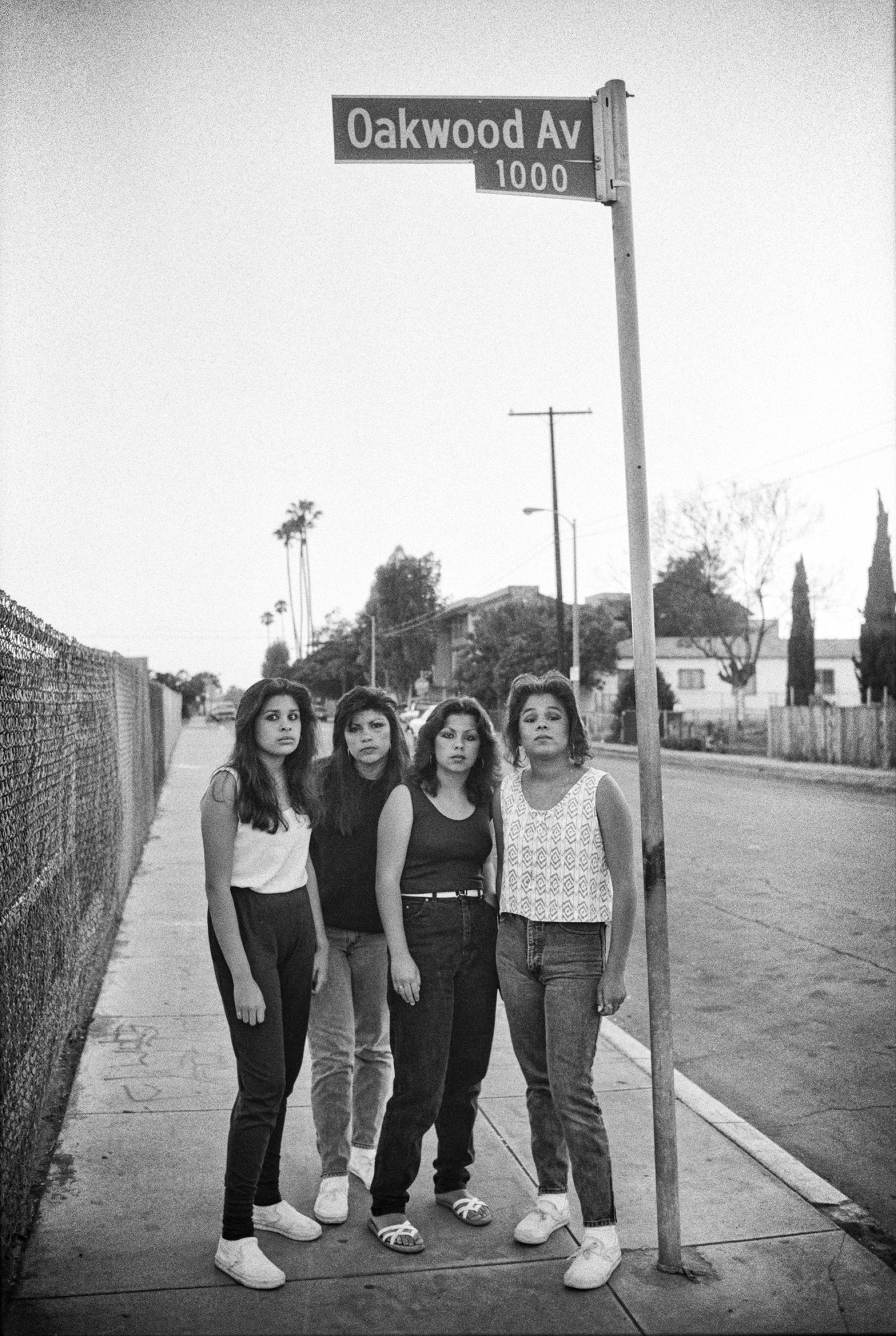
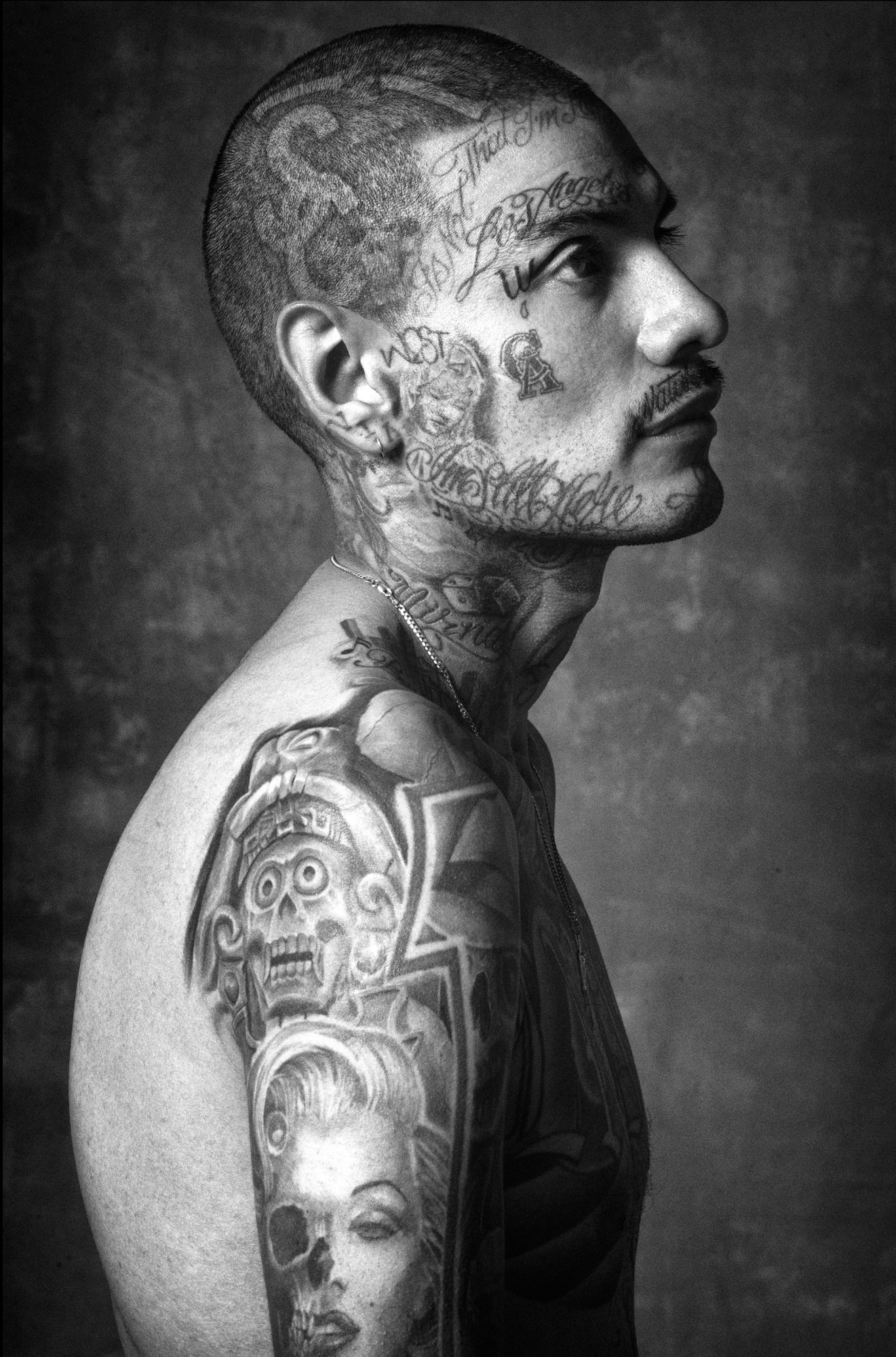
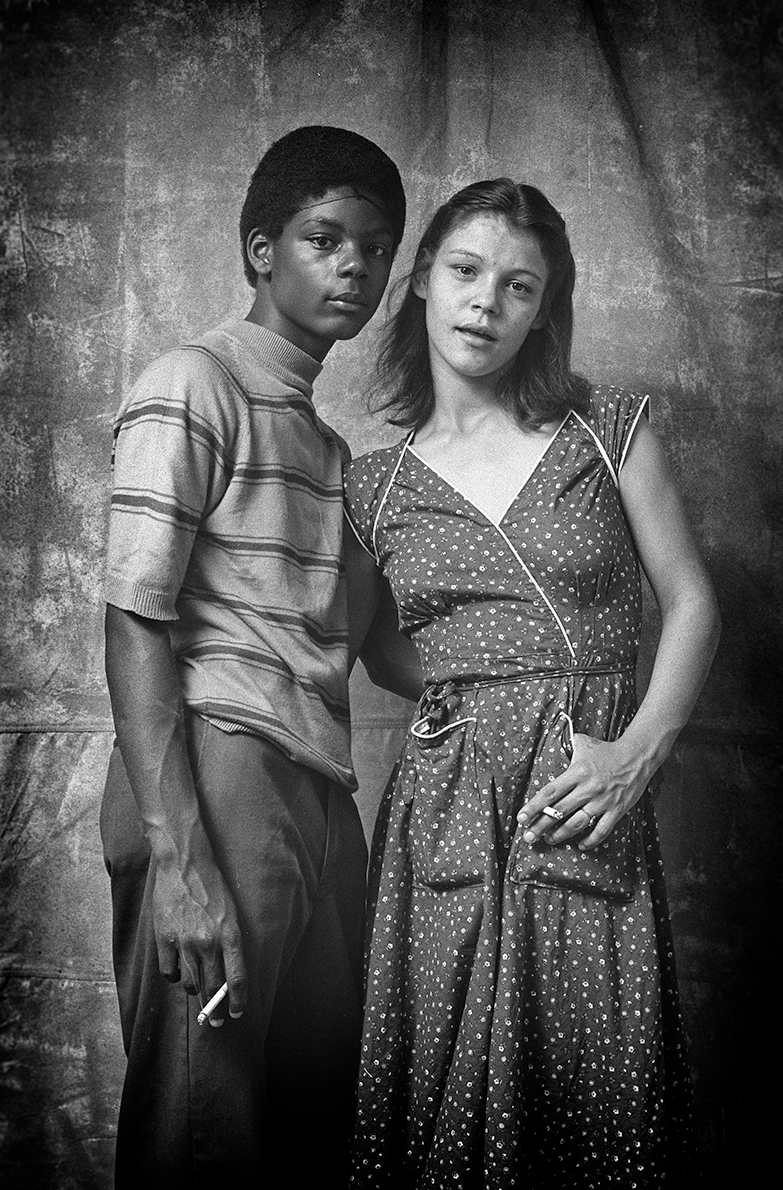
Credits
All images courtesy Merrick Morton
